Travel Namibia 4x4 Rental Info
Fun Facts About Namibia
- With a population density of just two people per square kilometer, Namibia is the second least populated country in the world, after Mongolia.
- The Etosha Pan, located in Etosha National Park, is one of the largest salt pans in the world and can even be seen from space.
- Namibia boasts the world’s largest population of free-roaming cheetahs, estimated at 2500-3000 individuals.
- The world’s largest population of free-roaming black rhinos also resides in Namibia.
- The Namib Desert, located in Namibia, is one of the oldest deserts in the world.
- Namibia is one of two countries in the world where desert elephants can be found.
- The Sossusvlei Sand Dunes in Namibia are among the tallest dunes on the planet, some reaching heights of up to 300 meters.
- The Fish River Canyon in Namibia is the second largest canyon in the world, after the Grand Canyon in the United States.
- Namibia is one of only two countries in the world that have desert elephants, the other being Mali.
- The Welwitschia plant, found only in Namibia and Angola, can live for up to 2,000 years and is considered a living fossil.
- Namibia has some of the darkest night skies in the world, making it a popular destination for stargazing.
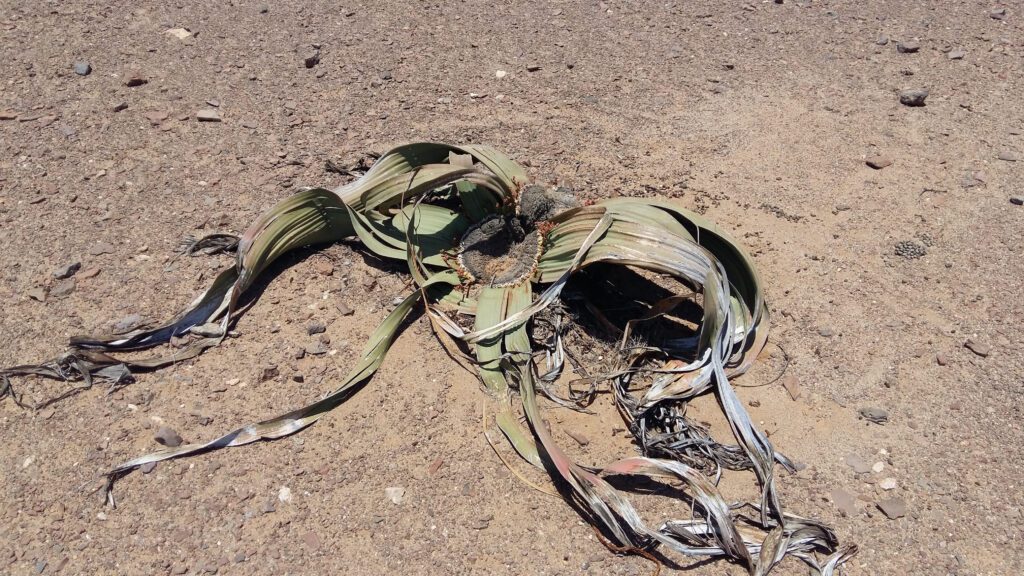
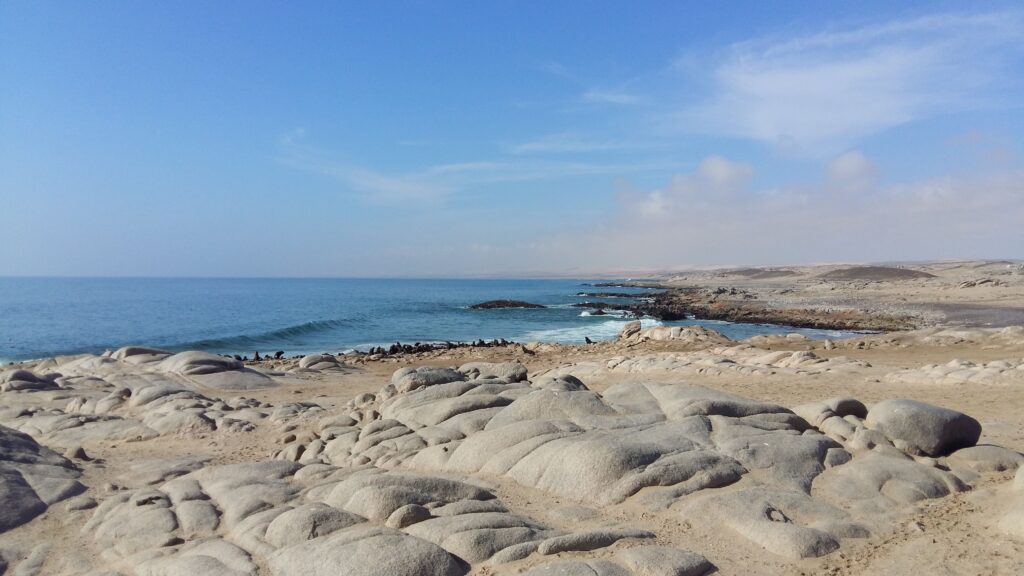
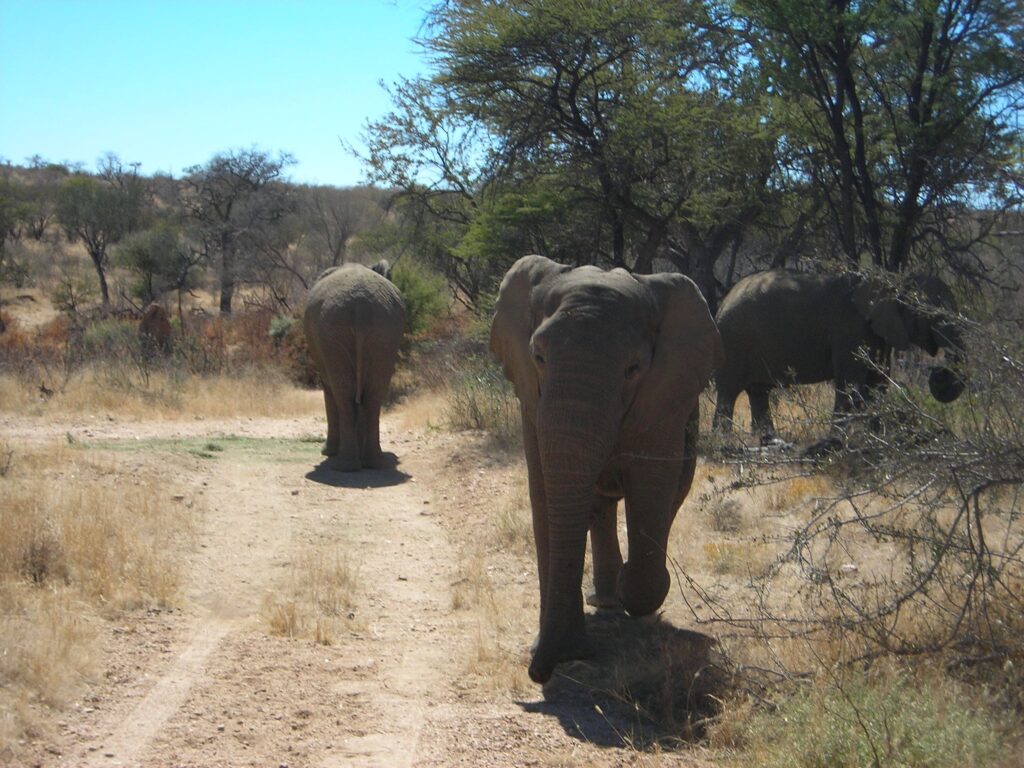

Discovering the Wildlife of Namibia
- Namibia is home to an array of unique wildlife species, from free-roaming cheetahs and black rhinos to desert elephants and lions. Many of these species can be found in the country’s numerous national parks and reserves, including Etosha National Park, Skeleton Coast National Park, and the Namib-Naukluft Park.
- Exploring these parks on a self-drive safari is a great way to experience Namibia’s wildlife up close and personal. Namibia’s wildlife is a true marvel, offering travelers an opportunity to experience a unique ecosystem filled with fascinating creatures.
- Etosha National Park is one of the best places to see the country’s wildlife, with an abundance of animals that include elephants, zebras, lions, and giraffes. The park has several watering holes where visitors can observe animals in their natural habitat.
- Skeleton Coast National Park is known for its seal colonies and unique desert-adapted wildlife, such as the brown hyena and the desert elephant.
- The Namib-Naukluft Park is a great place to see rare bird species and the striking desert-adapted oryx. Overall, exploring Namibia’s wildlife is an unforgettable experience.
The Zambezi and Okavango regions are home to some of the most diverse and abundant wildlife in Africa. The Zambezi region, in particular, is known for its large elephant and buffalo herds, as well as crocodiles, hippos, and numerous antelope species. It is also a birdwatcher’s paradise, with over 400 bird species recorded in the region.
Adventure Activities in Namibia
Namibia offers a range of adventure activities for thrill-seekers, including sandboarding down the dunes of Swakopmund, quad biking through the desert, and skydiving over the Namibian landscape.
Hiking and rock climbing are also popular, with many opportunities to explore the country’s rugged terrain. For a truly unique experience, visitors can take a hot air balloon ride over the Sossusvlei dunes or go on a multi-day trek in the Fish River Canyon.
With numerous scenic routes and off-road trails, travelers can explore the country’s rugged terrain at their own pace.
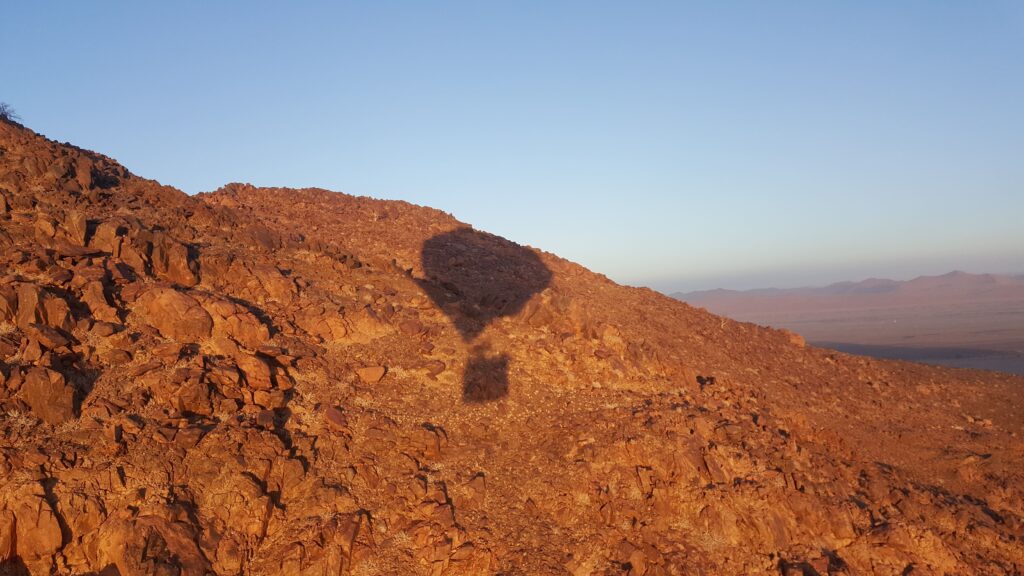
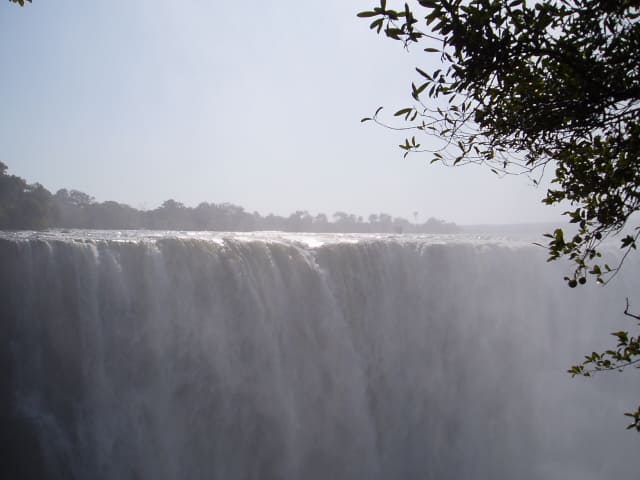
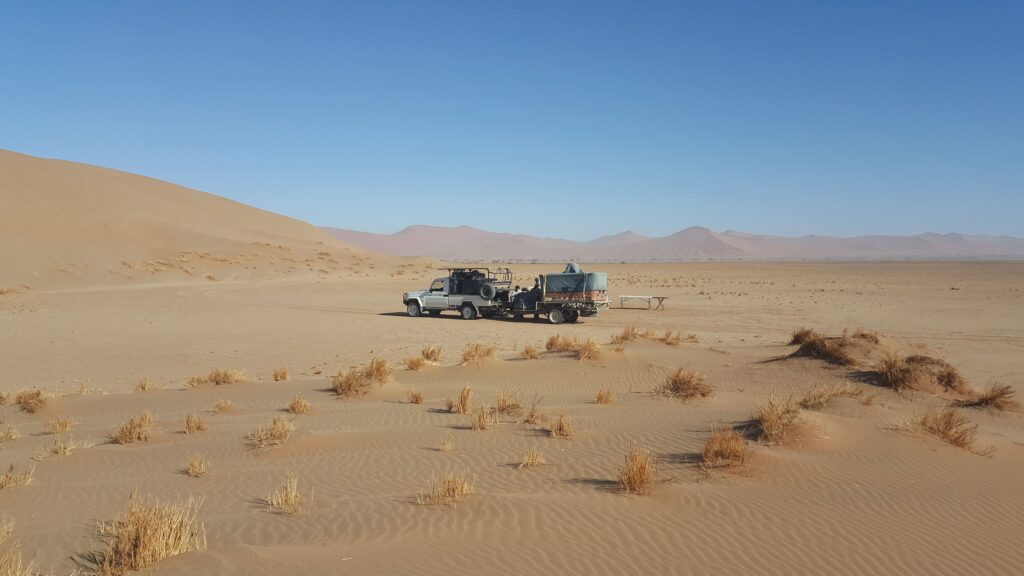
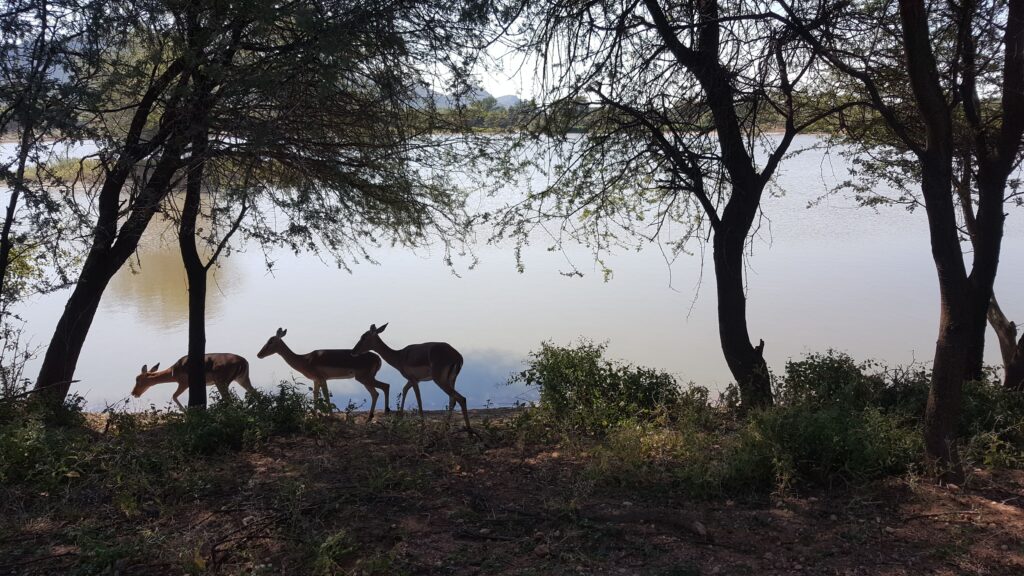
Popular Destinations
Etosha National Park – One of the largest and most popular national parks in Africa, Etosha National Park is home to a diverse range of wildlife, including lions, elephants, rhinos, and giraffes. Visitors can self-drive through the park, stopping at waterholes to view animals up close.
Sossusvlei – Located in the Namib Desert, Sossusvlei is known for its towering sand dunes that change color throughout the day. Visitors can climb the dunes for a stunning view of the surrounding landscape or take a hot air balloon ride for a unique perspective.
Swakopmund – A popular coastal town, Swakopmund offers a range of adventure activities, including sandboarding, quad biking, and skydiving. Visitors can also explore the town’s colonial architecture and German-influenced culture.
Fish River Canyon – One of the largest canyons in the world, Fish River Canyon offers stunning views and challenging hiking trails. Visitors can explore the canyon on a multi-day trek or simply take in the breathtaking scenery.
Damaraland – A rugged and remote region of Namibia, Damaraland is home to unique wildlife species, including desert-adapted elephants and black rhinos. Visitors can self-drive through the area, stopping to view ancient rock art and traditional Himba villages.
Zambezi Region – Located in the far northeast of Namibia, the Zambezi Region (formerly known as the Caprivi Strip) is a narrow strip of land wedged between Angola, Zambia, Zimbabwe, and Botswana. The region is home to several national parks and reserves, including Bwabwata National Park and the Mudumu and Mamili Game Reserves, where visitors can spot a variety of wildlife such as elephants, buffalo, lions, hippos, and crocodiles. The Zambezi River also flows through the region, offering opportunities for river cruises, fishing, and birdwatching. The lush greenery and waterways of the Zambezi Region provide a unique contrast to the dry deserts found in other parts of Namibia.
Namibia's Delicious Cuisine
Namibia’s cuisine is a delicious blend of African and European influences. Some of the country’s most popular dishes include game meats such as kudu, oryx, and springbok, as well as fresh seafood caught off the coast. Biltong, a type of dried meat similar to jerky, is a popular snack. The country also has a thriving coffee culture, with many local cafes serving up delicious brews. For those with a sweet tooth, koeksisters, a type of syrupy doughnut, are a must-try.


Cultural Immersion in Namibia
Namibia is home to a diverse range of cultures, including the Himba, Herero, Damara, and San peoples. Each group has their own unique traditions and customs, from Himba women wearing distinctive hairstyles and body paint to the Damara performing their traditional “bull jumping” ceremony.
Visiting these communities is a great way to learn about Namibia’s rich cultural heritage and connect with its people. Some tour companies offer cultural tours that allow visitors to stay with local families and participate in traditional activities.
Namibia's Stunning Landscapes
Namibia’s landscapes are breathtakingly beautiful and varied, ranging from the towering sand dunes of Sossusvlei to the rugged mountains of Damaraland. Other notable landscapes include the Fish River Canyon, the second-largest canyon in the world, and the Skeleton Coast, a desolate stretch of coastline known for its shipwrecks and whale bones. A hot air balloon ride over the Sossusvlei dunes is a popular way to take in the country’s stunning scenery.
In addition to these famous landmarks, Namibia also boasts a number of lesser-known but equally stunning landscapes. The Spitzkoppe, for example, is a series of striking granite peaks rising from the desert floor, offering excellent hiking and rock climbing opportunities. The Moon Landscape, near the town of Swakopmund, is a unique and surreal expanse of eroded hills and valleys that resembles a lunar surface. The Brandberg Mountain, the highest peak in Namibia, is home to the famous White Lady rock art and offers panoramic views of the surrounding desert.
The Caprivi Strip, in the far northeast of the country, is a lush region of rivers and wetlands that offers a stark contrast to Namibia’s more arid landscapes. All of these landscapes, along with the country’s rich cultural heritage, make Namibia a unique and unforgettable destination for travelers.
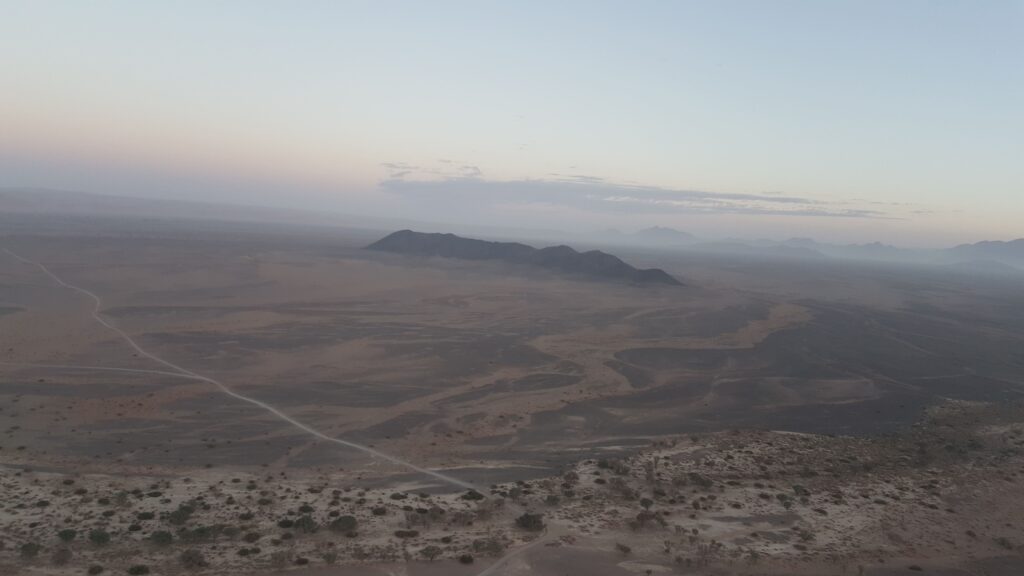
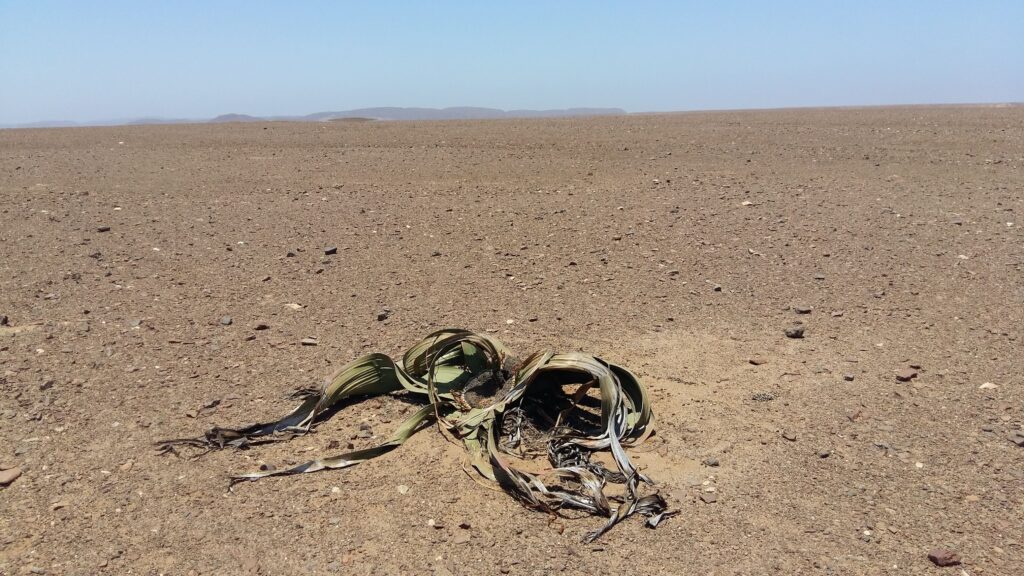
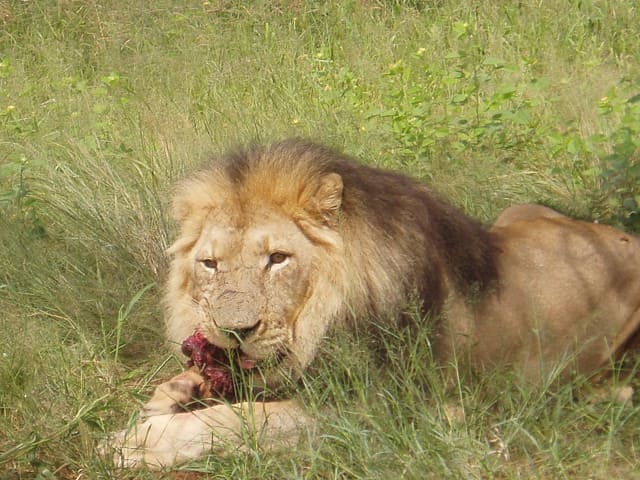
Money Matters
Several Bureau De Change offices are available in Windhoek, including at the airport, the Grove Mall, Maerua Mall, and Wernhill Mall.
The Namibian Dollar is pegged to the South African Rand, with an exchange rate of NAD 1 = ZAR 1. Both currencies are accepted in Namibia, but only ZAR is accepted in South Africa.
Visa and Mastercard are widely accepted in Namibia, including at petrol stations. However, it is recommended to carry a small amount of cash.
In Namibia, car guards are prevalent and will protect your vehicle and belongings for a small gratuity.
Namibian Climate & Seasons
The temperature range in Namibia varies greatly depending on the season. During the summer months, which run from October to March, temperatures can range from a comfortable 20°C to a scorching 40°C.
The summer season can be further divided into two parts: the first part, from October to December, is hot and dry, while the second part, from January to March, is characterized by high temperatures and rainfall.
In contrast, the winter season in Namibia is relatively short, lasting from June to August, with average temperatures ranging from 0°C to 25°C. There is also a brief autumn season from April to May.
It is important to note that Namibia’s climate can be unpredictable, and temperatures can fluctuate greatly even within a single day. Therefore, it is recommended to pack a range of clothing options when traveling to Namibia.
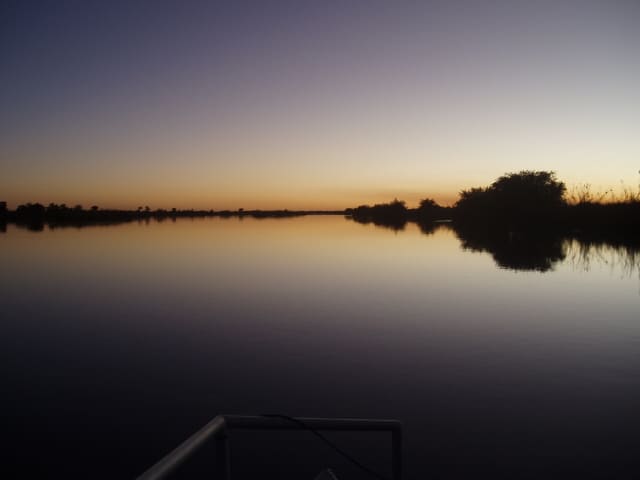
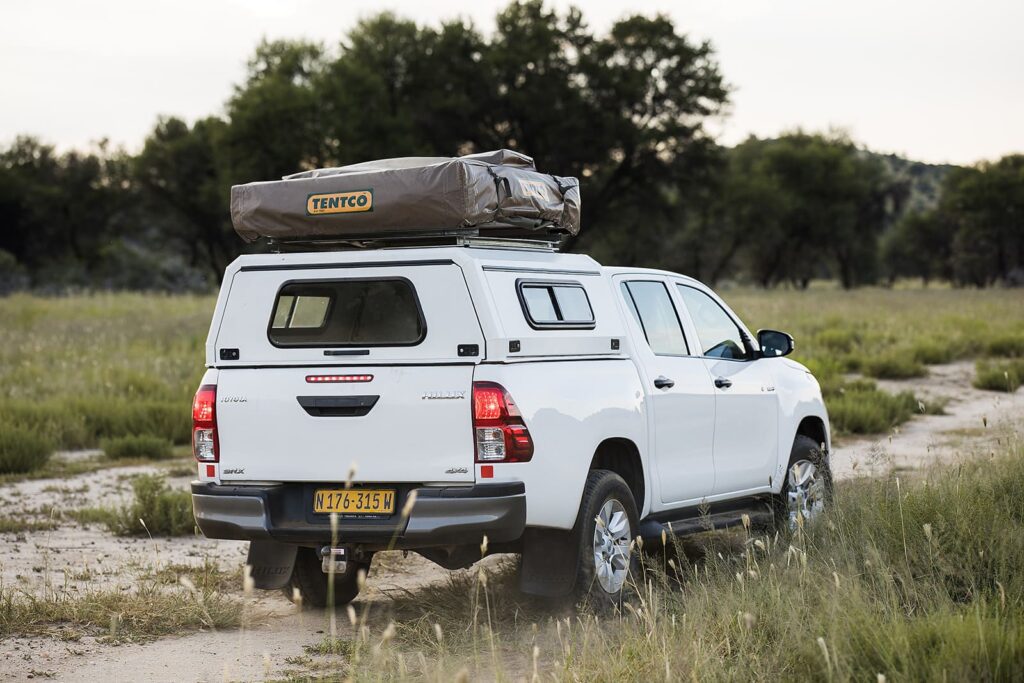
What to Pack and Take With While Traveling in Namibia
- A hat, sunscreen and sunglasses.
- Daytime temperatures can exceed 40°C, so light-weight and cool clothes are essential.
- Consider long sleeves for protection against the sun and mosquitos. (The northern parts of Namibia are a malaria area.)
- Nights can be chilly, even during summer.
- Winter day-time temperatures are very pleasant, but at night the temperature can drop to below 0°C. It is best to layer up.
- If you sleep in tents in the winter, bring along some body warmers, socks and a beanie
